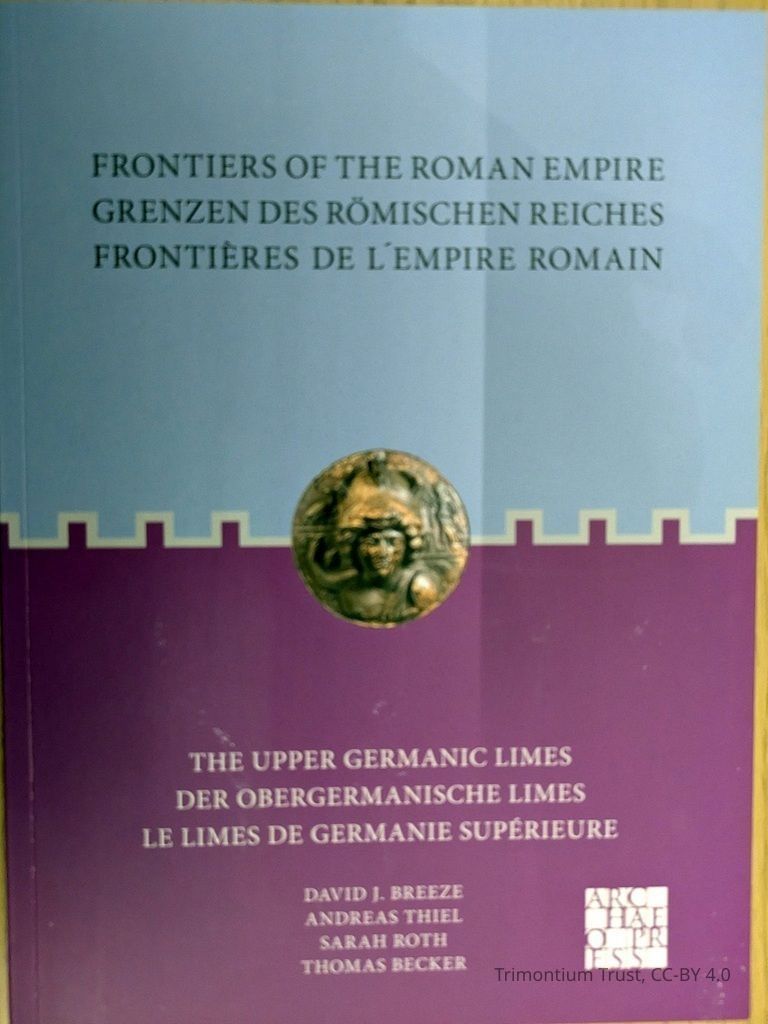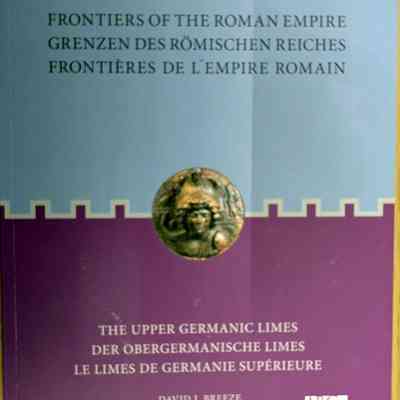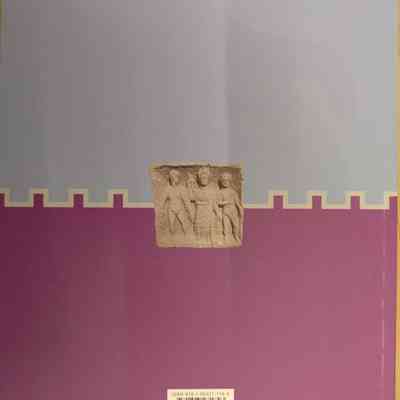Frontiers of the Roman Empire - The Upper German Limes
Name/Title
Frontiers of the Roman Empire - The Upper German LimesDescription
This book illustrates the historical and archaeological significance of the Upper Germanic Limes and provides an up-to-date overview of its many features in the field. The aim of this book is to inform the interested visitor about the history of the frontiers and to act as a guidebook as well. Towards the end of Caesar’s Gallic War, Rome had reached the Rhine. Since the campaigns under Emperor Augustus (15 B.C.), larger troop contingents were stationed along the river, with focal points around Mogontiacum/Mainz and in northern Switzerland. After the Battle of the Teutoburg Forest (9 AD), when the attempt to occupy all of Germania had failed, the Lower Rhine remained the frontier of the empire’s territory until Late Antiquity. East of the Middle and Upper Rhine, however, the Roman sphere of power was pushed forward several times over a period of almost 200 years, and from 90 AD at the latest, the construction of artificial borders was initiated. When the Roman expansion came to an end around 160 AD, the province was secured in its furthest extension by the “Frontal” or “Outer Upper-Germanic Limes”, which existed until the middle of the 3rd century.Category
Book
Books & Paper


